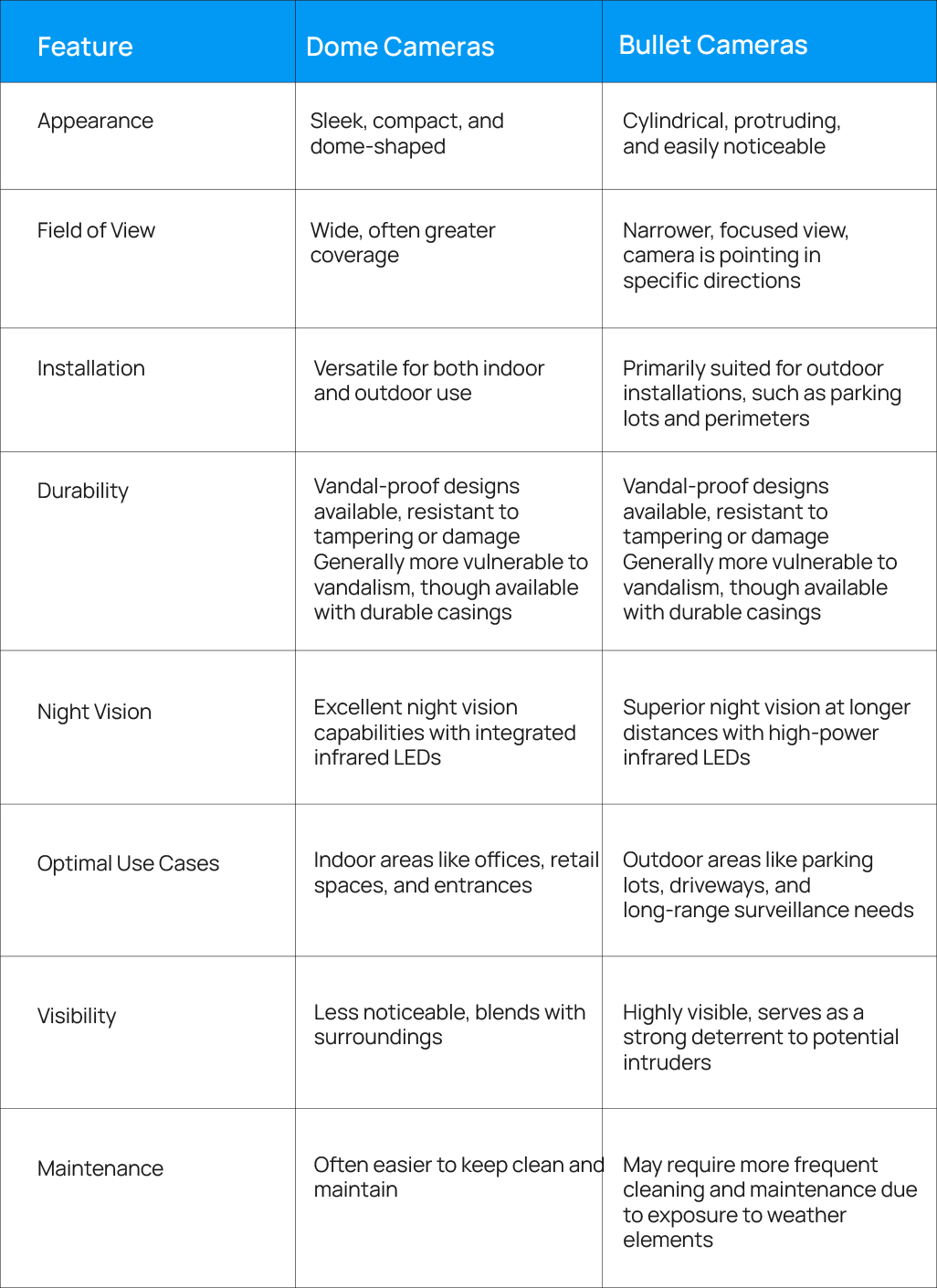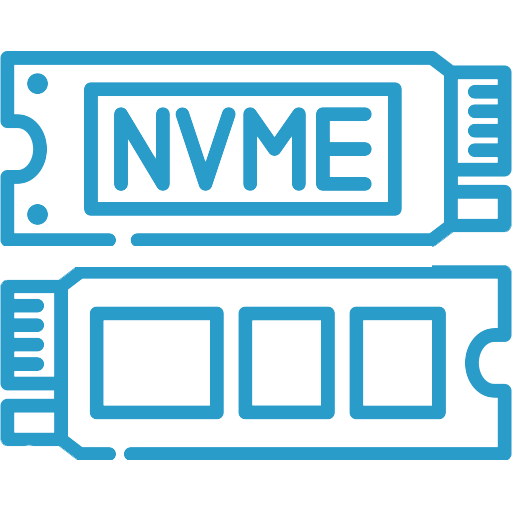Whether safeguarding personal property or maintaining order in commercial spaces, selecting the rightsecurity camera is crucial. Dome and Bullet cameras stand out among the myriad camera types due to their unique designs and wide range of applications. Dome security cameras, with their sleek hemispherical design, offer enhanced concealment and vandal resistance. On the other hand, Bullet security cameras, with their elongated shape and clear directional focus, excel in long-range and adjustable monitoring. How do you choose between them when faced with specific needs?
This article delves into the features, benefits, and suitable scenarios of these two camera types, helping you make an informed decision.
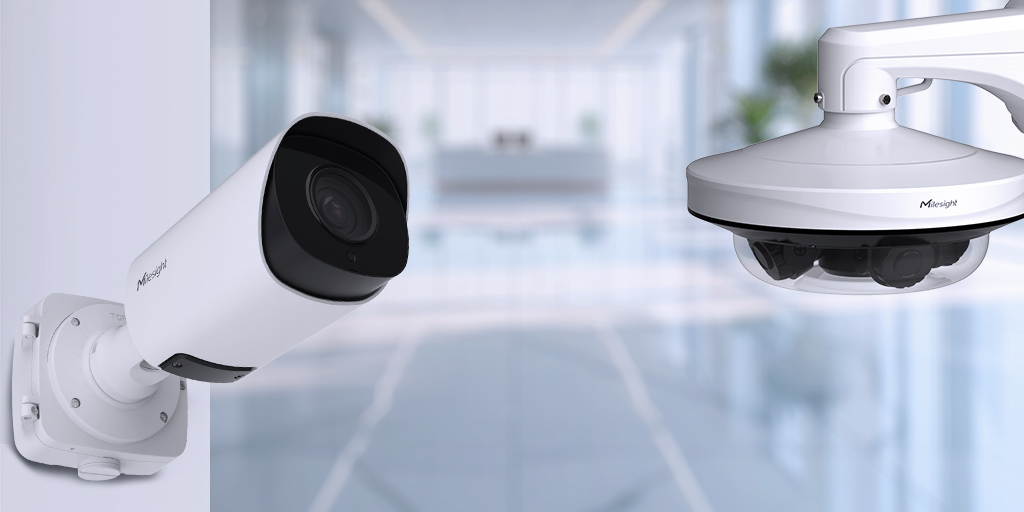
What are Dome Security Cameras?
Dome cameras, as the name aptly suggests, feature a rounded, dome-shaped design. This dome shape not only adds aesthetic appeal but also enhances their inconspicuousness and resistance to tampering. Commonly installed in indoor environments such as offices, malls, hospitals, and homes, Dome cameras with their dome shape blend seamlessly into the surroundings while discreetly safeguarding every corner.
Functionally, Dome cameras with their dome shape still manage to shine with their wide field of view. Equipped with wide-angle lenses, they can cover broader areas, minimizing blind spots. Furthermore, many Dome cameras boast night vision capabilities, utilizing infrared LEDs to capture clear footage even in low-light or dark conditions, all while maintaining their distinctive dome shape.
What are Bullet Security Cameras?
In contrast, Bullet cameras exhibit a more straightforward and directional appearance. Their elongated form and clear visual focus make them ideal for scenarios requiring precise monitoring. Typically mounted outdoors in parking lots, factories, roads, and other expansive areas, Bullet cameras excel in long-range surveillance and adjustability, ensuring comprehensive coverage and pinpoint monitoring.
Bullet surveillance cameras also boast high-definition image quality and exceptional durability. Many models feature high-quality lenses and advanced image processing technologies, delivering crisp, detailed footage. Designed to withstand harsh weather conditions, they undergo rigorous waterproofing, dust-proofing, and wind resistance treatments, ensuring reliable operation even in extreme environments.
Dome Camera Vs. Bullet Camera: Key Differences
Appearance
Dome-Shaped Cameras: Known for their rounded, dome-like appearance, these cameras blend seamlessly into their surroundings. The smooth, non-threatening design makes them less conspicuous and less prone to tampering or vandalism. In video surveillance systems, they often add a touch of elegance while remaining discrete.
Bullet-Shaped Cameras: On the other hand, bullet-shaped cameras have a more linear, cylindrical form factor that projects outward from the mounting surface. Their striking appearance serves as a visible deterrent, often instilling a sense of security in those who see them. However, this also makes them more susceptible to tampering attempts.
Field of view
Dome cameras typically feature wide-angle lenses along with the capability for 360-degree rotation. This allows them to monitor expansive areas and provide comprehensive coverage, making them ideal for large indoor spaces such as shopping malls, offices, and hotel lobbies. The full pan-tilt-zoom (PTZ) functionality enables them to deliver panoramic surveillance, minimizing blind spots effectively.
Bullet cameras are designed to focus on specific directions with a narrower but more targeted field of view, making them perfect for long-distance and detailed surveillance needs. They excel in monitoring exterior environments such as parking lots, building perimeters, and entry points, where precision and distance coverage are essential.
Camera lens
Dome cameras often come with versatile lens options, including varifocal and PTZ lenses, allowing for flexible adjustments to meet diverse surveillance needs. These cameras typically incorporate high-definition and night vision capabilities, ensuring clear and reliable monitoring around the clock.
Bullet cameras are generally equipped with fixed lenses optimized for capturing detailed images over long distances. They often feature powerful infrared (IR) LEDs, which provide excellent night vision, enhancing their performance in poorly lit or dark outdoor environments.
Suitable environments
Dome cameras, with their discreet appearance and wide coverage, are particularly well-suited for indoor environments. They are commonly used in offices, retail stores, hotels, and educational institutions. Their vandal-resistant design also makes them a good choice for public areas such as train stations and airports.
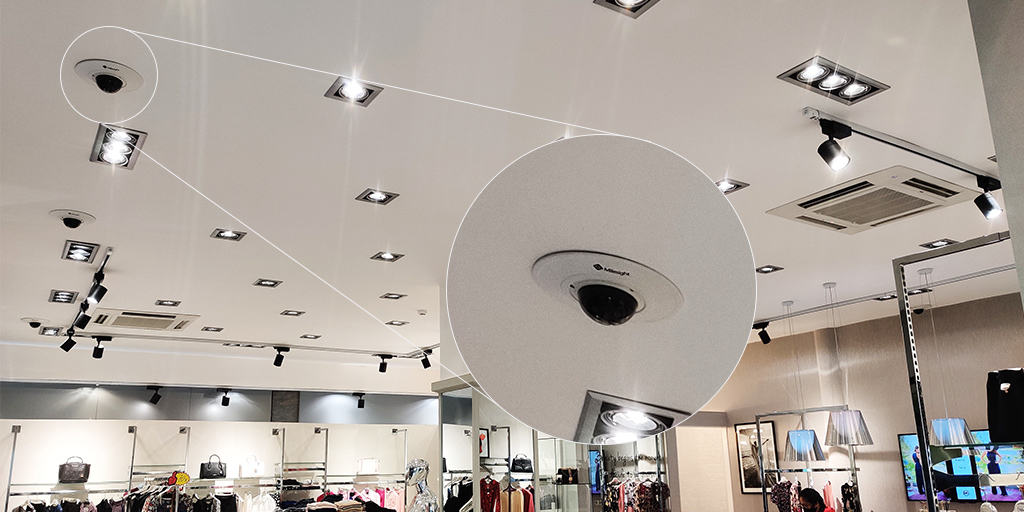
Bullet cameras are predominantly used in outdoor settings, where their long-range capabilities and robust design shine. They are ideal for monitoring large outdoor spaces like parking lots, warehouses, industrial sites, and the exteriors of buildings. Their weatherproof and durable construction ensures reliable performance in diverse weather conditions. For a comprehensive understanding of how bullet and dome cameras are utilized in various settings such as retail and government sectors, please visit our case studies page.
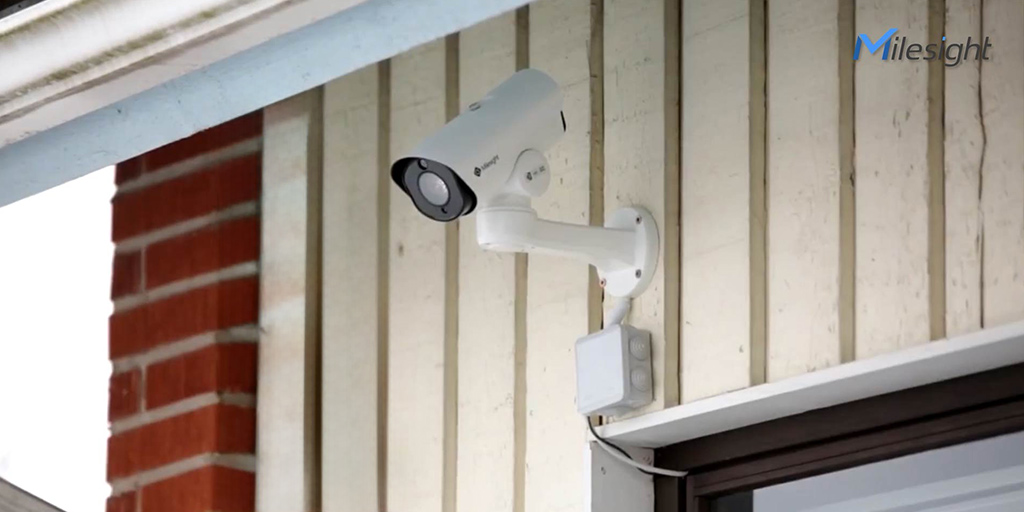
Differences in Installation for Dome and Bullet Cameras
Dome cameras, typically installed on ceilings or walls, offer versatile mounting options. They can be recessed into the ceiling for a flush look or surface-mounted on walls based on aesthetic and functional needs. The dome cover protects the lens from dust, dirt, and accidental damage. Click to learn more about Milesight recessed installation instructions for dome cameras.
Bullet cameras, with their elongated shape, are usually mounted on poles, walls, or building structures. Their installation requires precise aiming and positioning for optimal coverage and field of view. Although they lack the protective dome cover of dome cameras, their sturdy design makes them ideal for outdoor use and long-distance surveillance.
A Snapshot to Quickly Compare Dome and Bullet Cameras
